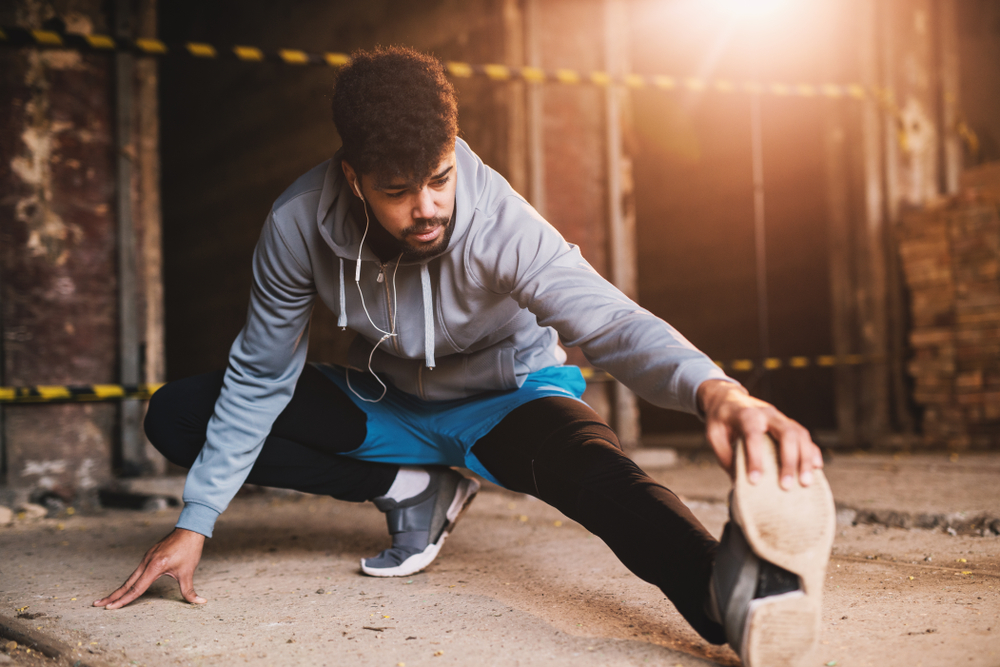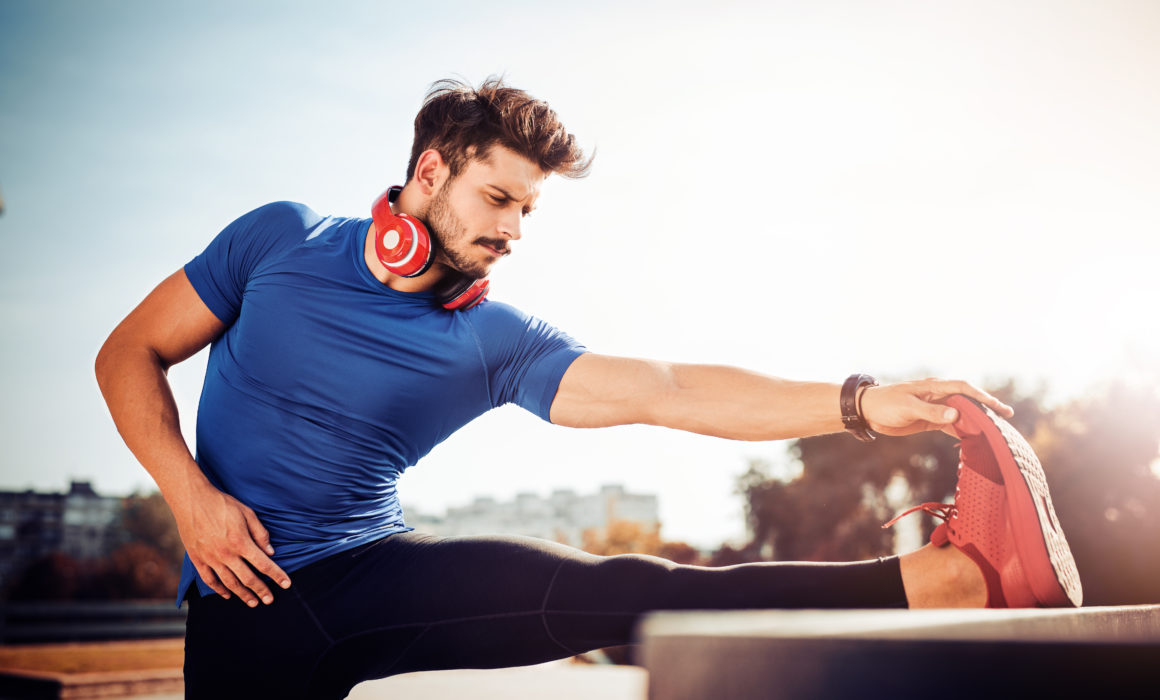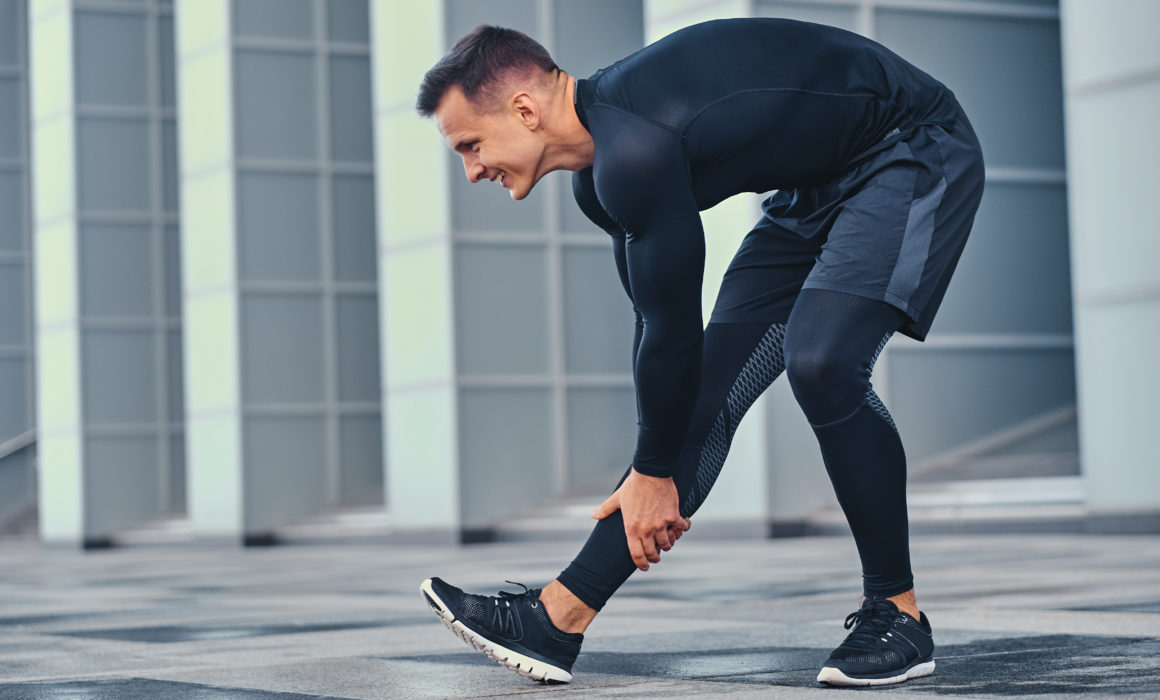Mobility vs. Flexibility: Which is Better?
Mobility vs. Flexibility: Which is Better?
Mobility is not synonymous with flexibility. People use the terms flexibility and mobility interchangeable, but recently fitness professionals have made a push to separate the two concepts.
Most people know that stretching is good for you for multiple reasons, this is usually based on how they feel after stretching. The reason why you may stretch is to relieve stiffness or tightness. What most people don’t understand is there are multiple factors that may contribute to tightness. There are also many ways to address tightness. Generally enhancing your mobility and or flexibility will help you move properly without restriction or pain. Your probably wondering, whats the difference between mobility and flexibility? These two terms seem to be used interchangeably, yet actually have different meanings. Let’s distinguish the difference between the two.
What is Mobility?
Mobility is our ability to take our body through a range of motion, before being restricted, with control. Mobility is having strength within your flexibility.
Mobility is needed to perform everyday activities and it’s especially important when working out or participating in sports. Our ability to move without restriction or pain means that we can comfortably perform daily activities and strength train. If your body isn’t moving through its natural movement patterns, you’re at risk of injury. If you think about your shoulder joint, which is shaped like a ball-and-socket, it’s designed to move in all directions. If your shoulder can move like it should, the joint is healthy and mobile. If you have restricted movement in one direction or another, like you can’t raise your arm next to your ear, then you a lack shoulder mobility. This increase your risk of pain and injury, especially when loaded.
What is Flexibility?
Flexibility refers to soft tissues (muscles and tendons) ability to temporality elongate. Our connective tissues are like finger traps; the amount of material doesn’t actually change, you can’t lengthen it, but you can contract it. Flexibility is passive. It’s your ability to move connective tissue with the help of a another person or tool, while their muscles passively allow the movement to happen. Flexibility means the soft tissues are stretchy and elastic.
Think of a rubber band. If you pull both ends, and it stretches like any good rubber band should, it’s flexible. If it doesn’t stretch, it’s inflexible. It’s the same thing with muscles, which actually have elastic components designed to help the muscle stretch.
Flexibility is important because when your body is restricted by inflexibility and you can’t move through your natural range of motion, pain can occur. Lack of flexibility can make all activities more difficult.
What’s the Difference?
The biggest difference between mobility and flexibility is that in order to move a joint through its range of motion with control (mobility), you need strength.Which is why mobility is a better indication of how well and efficiently we move. Flexibility is one part of mobility. But strength, coordination, and body awareness are also elements of mobility. Flexibility is a component of mobility, extreme flexibility usually isn’t necessary to perform most exercises or activities. That means that mobility can be limited by flexibility, but super-flexibility is not necessary for most people or strength athletes.
Someone with great mobility may be able to squat below parallel while maintaining joint integrity and posture with no restrictions of range of motion. A flexible person may be able to break parallel, but they lack the ability to maintain joint integrity and posture because they may not have the strength, core strength, balance, or coordination to perform the same motion. Someone with poor mobility may be able to complete a partial rep with decent posture but does not have the range of motion necessary to break parallel. There are a number of possible muscle imbalances that can cause lack of mobility and flexibility, but these problems can be fixed with a combination of soft-tissue work (foam rolling/massage), stretch, and strengthen.
Both mobility and flexibility are important. You need your muscles to have the strength to support your movements, and elasticity which allows you to move without restriction. Luckily, you can work on improving flexibility and mobility.
Here’s why you should be doing flexibility and mobility exercises.
- Eliminate joint pain or injury
- Perform movements with great range of motion
- Increase muscle recruitment
- Burn more calories
- Move with freedom
- Perform wider range of movements
- Prolong quality of life
- Increase strength
- Increase stability
- Increase speed/power
- Enhanced joint health
How to Increase Your Mobility and Flexibility?
To enhance your flexibility and mobility, start with areas that you are really tight or areas affected by bad posture. This may include the neck, mid/low back, hip flexors, glutes, hamstrings, and calf muscles.
3 methods to increase mobility:
- Foam Rolling: foam rolling is essentially a self-massage technique to help you release trigger points or “knots” in your muscles.
- Mobility Drills: These are exercises that are specifically geared towards training your range of motion around joints.
- Stretch: This isn’t always necessary, especially if you’re a naturally bendy person stretching can make your joints more vulnerable to injury than if you just left it out. But if you’ve always been fairly stiff, and it’s stopping you from performing exercises correctly, you may benefit from a few short stretches as part of your warm up, and longer stretches for after your workout.
Now that you know everything you need to know about mobility vs flexibility, here is a short routine that you can do daily to enhance your flexibility and mobility for better workouts, enhanced performance, and overall health/quality of life.



